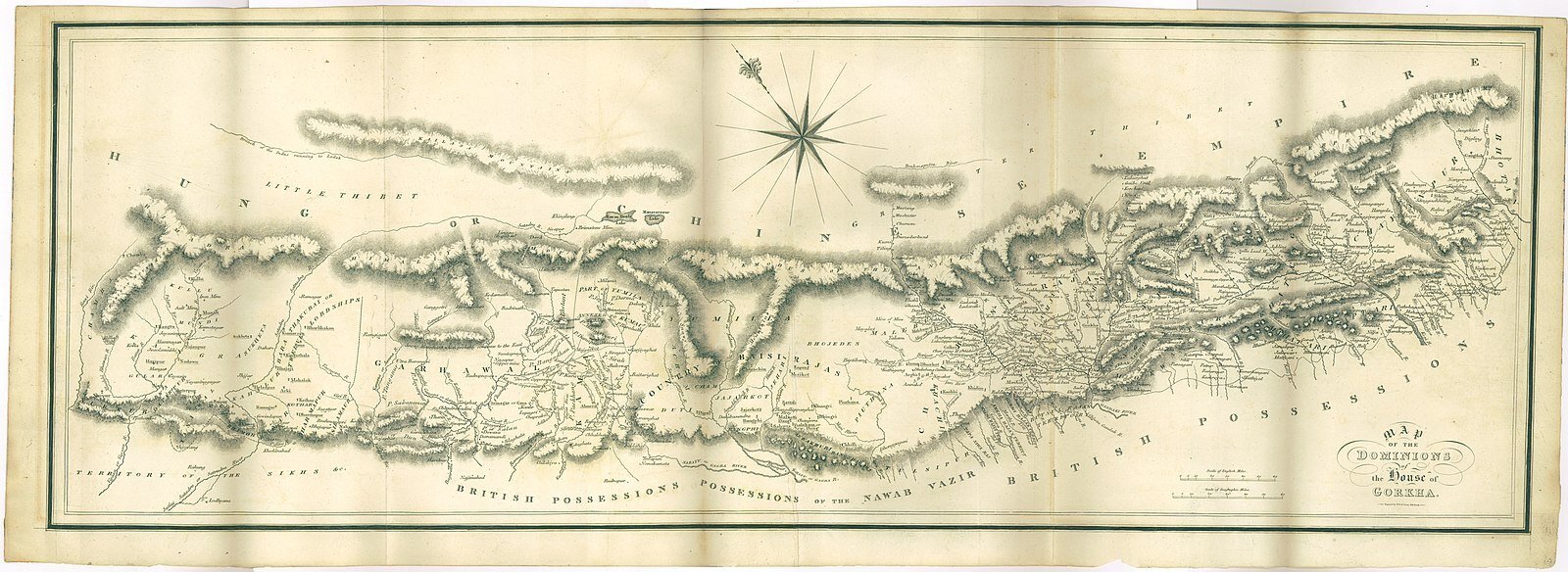BRIEF HISTORY OF NEPAL
Prithvi Narayan Shah, insatiable in his desire for fresh conquests, sent an army towards the east, in order to invade the country of the Kirantis, even menacing Sikkim. He died in 1775 and his son Pratap Singh Shah succeeded the throne. He waged war with Sikkim with varying success, though he did not succeed in forcing submission upon the country. After his death in 1778, Ram bahadur Shah became king. Under the command of Damodar Pande, the Gurkhas now turned their attention again to the east, and about the year 1787 an army penetrated Sikkim and occupied the Capital. Seeing their frontiers menaced, the Tibetans moved a force to check the forward onslaught of the Gurkhas, but the attempt was ineffectual, and in 1789 Sikkim was annexed to Nepal. Finding Tibet an easy prey, the Gurkhas crossed the passes into that country and plundered Shekkar Dzong.
Ever Since 1787, the Nepalese had been constantly seizing villages near or encroaching on the British frontier, and these constant acts of aggression, culminating in the seizure of some territories in the British district of Ramnagar and the murder of some police near Batoli, led to a declaration of war against Nepal in 1814.
In 1794, the Garhwalis were heavily defeated. With the conquest of Garwal, the Gurkha kingdom now extended from Bhutan to Kashmir, and from the high mountains o f Tibet to the border of the British provinces o f Agra and Oudh, now the United Provinces; and Bihar in the south.
The operations led by General Gillespie, General Martindell and General Marley against the Gurkhas met with disaster. It was left to General Ochterlony, however, to administer the final blow to the Gurkhas in February 1816 and retrieve the prestige that the many failures had lost to the British arms.

On 4th of March, 1816, the Treaty of Sugauli was signed, by the terms of which Nepal lost Sikkim, Kumaon, Garhwal and all the Terai to the west of the Gandak river; thus reducing the county to its present limits. A prominent feature of this treaty was the conclusion of an arrangement under which three regiments ofGurkhas were raised for services under the British Government, and which constituted the nucleus of the present establishment often regiments. (W.B. Northey-The Gurkhas -1927:39-50).